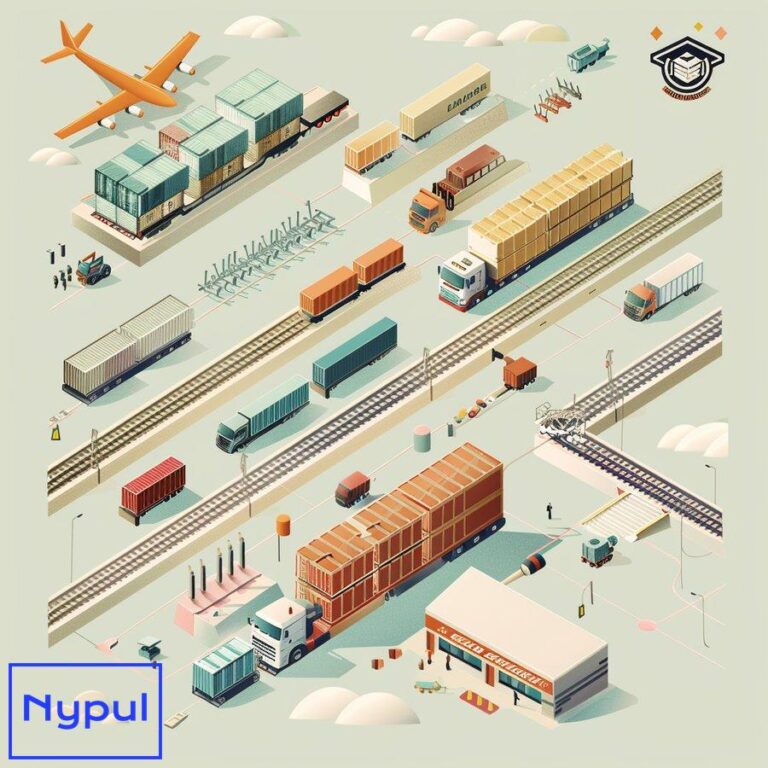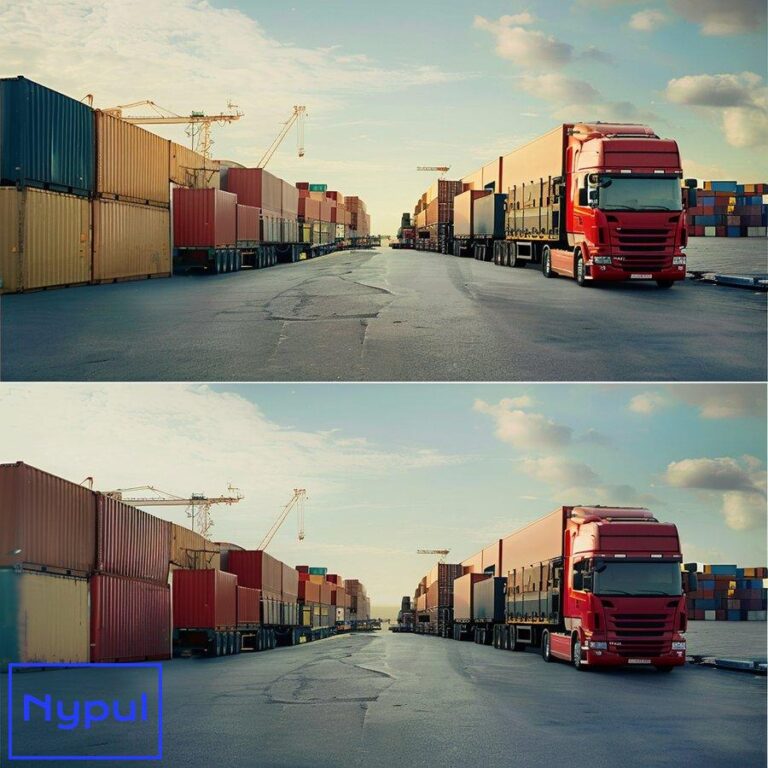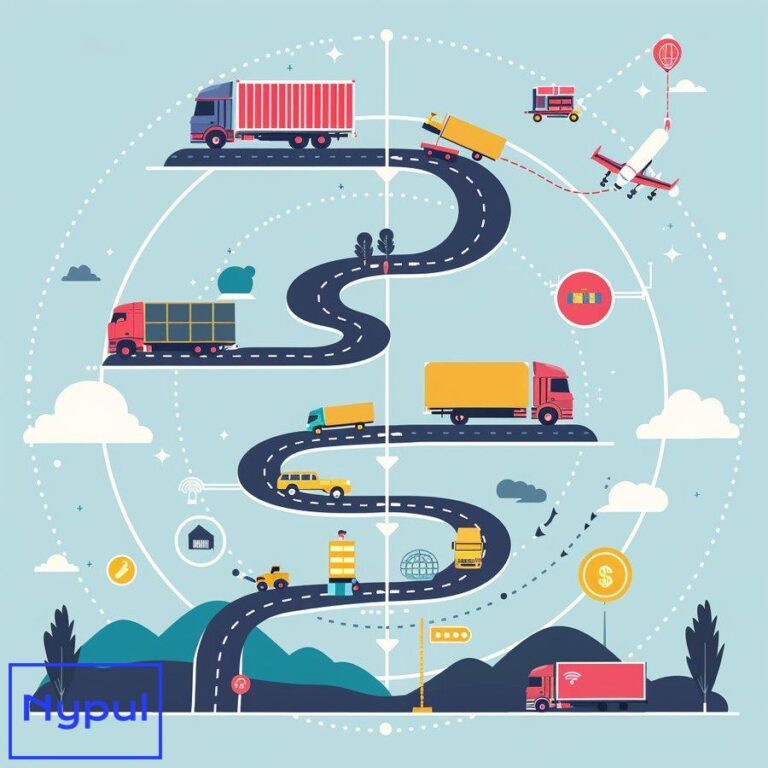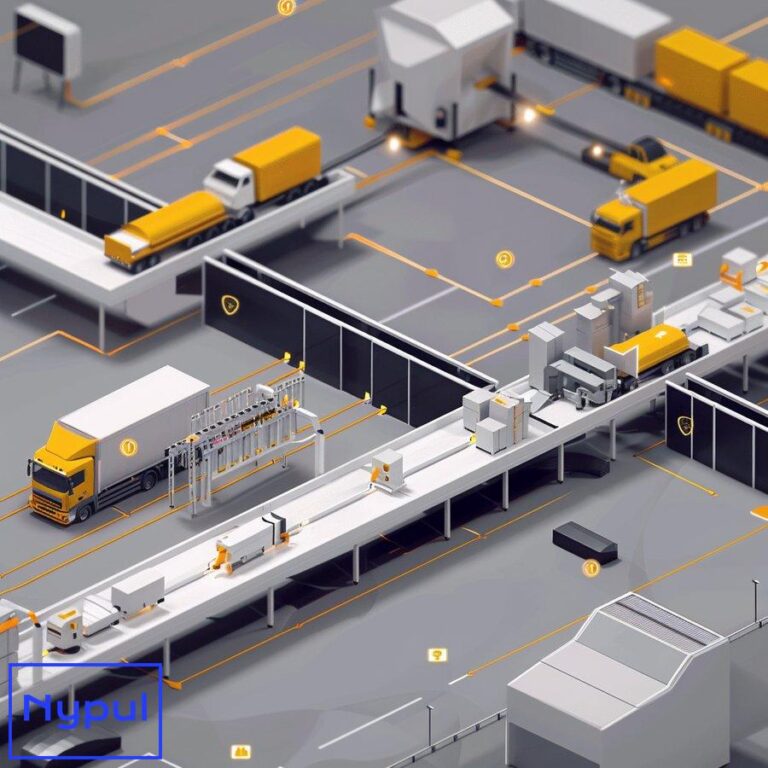What Is Intermodal Transportation Strategies
What is intermodal transportation and why is it important? Intermodal transportation is a freight delivery method that utilizes two or more modes of transport to move goods from origin to destination. This seamless integration of different transportation modes—such as trucks, trains, ships, and planes—allows for the efficient and cost-effective movement of cargo across long distances….









